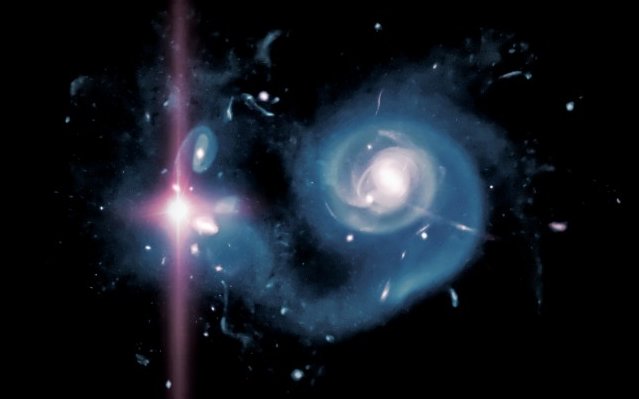Superluminous supernovae spotted in the early Universe
Ars Technica » Scientific Method 2012-11-05

For a variety of reasons, many think the first stars to form in the Universe were monsters, hundreds of times the mass of the Sun. With that much mass, the stars were destined to have short lives that ended violently in a supernova, seeding the first galaxies with the elements that would form future stars and planets. There have been a few reports of gamma-ray bursts that are distant enough that they probably signal the end of the first generation of stars, but we have not observed any of these supernovae directly.
Now, researchers have used a survey that ran for several years to identify distant superluminous supernovae—explosions that are so bright they are thought to occur when the most massive stars convert light into matter/antimatter particle pairs at their core. Although these don't appear to have come from the explosion of the Universe's first stars, the more distant of the events dates from only 1.5 billion years after the Big Bang. Based on this success, they suggest their approach can be used to spot the demise of the Universe's first stars.
Why were these stars so big? A star is a balancing act between gravity and energy. Too much energy, and the gas cloud that could form a star would dissipate. Too much gravity, and it will quickly collapse into a black hole. As the gas cloud collapses into a star, this collapse liberates energy, which threatens to push the cloud apart if it can't be radiated away. And, as it turns out, pure hydrogen (which is most of the early Universe) is lousy at dissipating this energy. So it's really hard to form a star out of nothing but hydrogen (the complex mix of elements present after the first stars exploded makes the process easier).
Read 9 remaining paragraphs | Comments